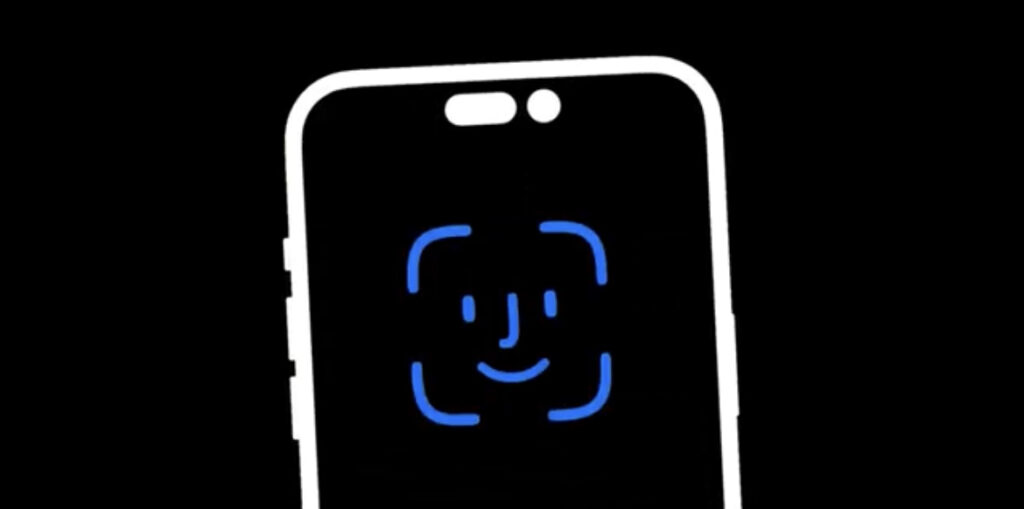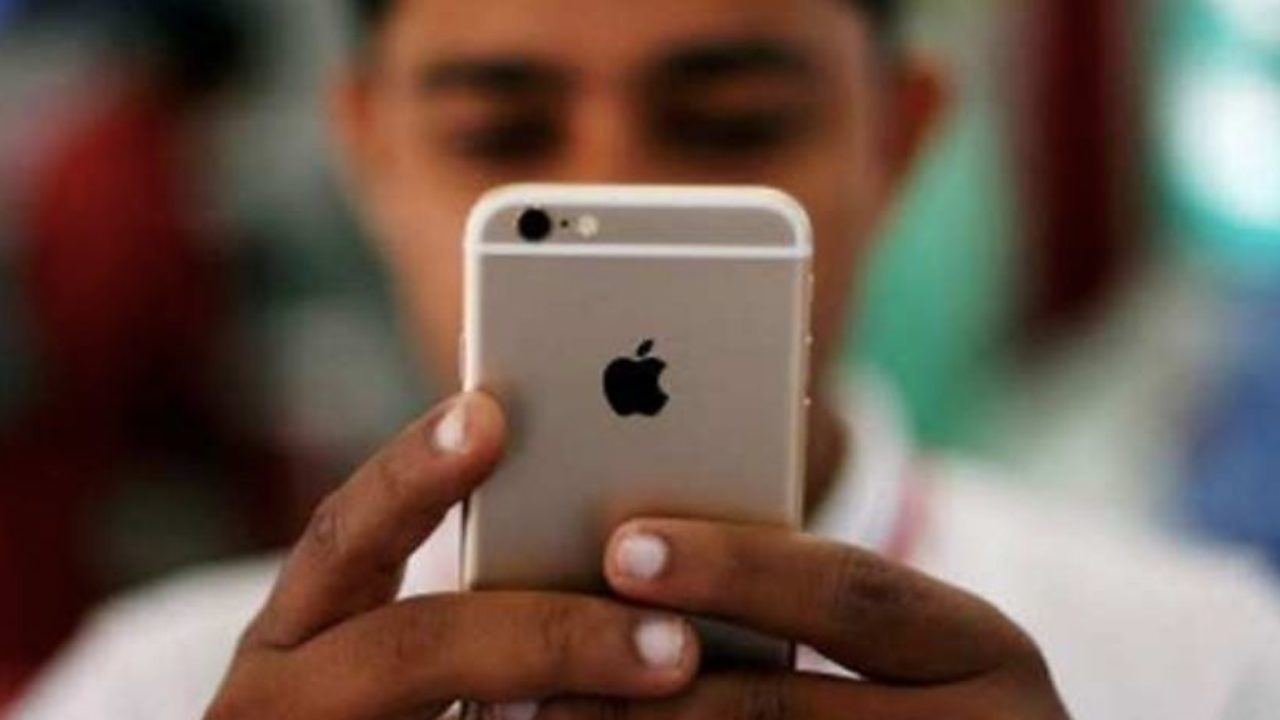Apple has reportedly filed a new patent which describes converting an iMessage into a voice note played back in a voice that the user has created with samples of the sender’s voice.

This should appeal to the younger lot who may prefer to share voice notes, while gen X and boomers stick to good old fashioned texts.
Apple seems to be tuning into this demand if going by its patent filing for a new messaging feature that could use AI to mimic your voice is any proof.
What’s new
Currently, iPhone owners can ask Siri to read their texts aloud in the digital assistant’s distinctive, robotic tenor.
With this patent Apple details a way of transforming an iMessage into an audio note.
In other words the message recipient will be able to hear the sender’s text in the sender’s voice instead of the artificial assistant Siri’s.
For it to work the sender will have to share a voice file when sending a message.
How it’s going to work
The recipient will have to agree to receive the voice file as the message, which would then imitate the sender’s voice.
“In response to receiving the message, a voice model of the respective user is received,” the patent reads.
“Based on the voice model, an audio output corresponding to the received message is provided.”
The iPhone in question would then build a Siri-like profile for the sender’s voice, and then simulate that when reading that message and any future ones it may receive from that sender.
Further personalization
The voice file could also be sent with selected contacts, allowing users to save time when a message arrives.
The file would be automatically created and kept on your phone, based on your use of Siri.
One advantage is the offering of more personalization when friends and family text each other, instead of hearing Siri’s voice during message reading.
So if this update eventually makes it to the handsets it would make the end result a lot more human-sounding.
Use cases
A personal example could be that couples could also hear messages in a more personal way, such as hearing “I love you” in their partner’s voice.
Another use could be hearing messages hands-free while driving, for instance.
People behind the patent
Qiong Hi, Jiangchuan Li and David A Winarsky are the patent’s inventors.
Winarsky is Apple’s director of text-to-speech technology, Li is a senior Siri software engineer for machine learning at Apple, and Hu formerly worked on Siri at the company.
50-50 chance
As in the usual case of patents, it won’t necessarily become a reality, however there is a possibility given Apple’s recent work with artificial intelligence and voices.
For example, with iOS 11, Apple switched Siri’s voice depending on recordings from voice actors to a text-to-speech model using machine learning.
Consumer opinion
Further, according to TechRound, 33 per cent of respondents aged between 18 to 24 said they regularly use voice notes to communicate with friends, with 59 per cent of the age group saying that voice notes were quicker and easier to send.
In stark contrast just five per cent of boomers use voice notes to communicate, according to WhatGadget.
Embracing AI
This isn’t Apple’s first brush with AI, having earlier used it to narrate specific audiobook genres instead of using humans.
This lends further proof that an Apple device could eventually learn to read messages in a human’s voice.














